As a historian I have studied and researched Ireland's past for many years, with specific interest in the ancient Celts, who dominated the island unchallenged for a thousand years and whose influence is still the strongest in a now mixed bag of cultures we have in modern Ireland.
In the process I have met (and still meet) many interesting people from various countries, but it is very rare and exceptional even for me what happened in Waterford today. It was my honour and pleasure to arrange a meeting between the descendants of two of Ireland's ancient royal families.
Right in the centre of Ireland's oldest city a great Celtic lady from Spain, whose ancestors were the Kings of Ulster (and also High Kings of Ireland at times) before they were forced to leave the island four centuries ago, sat happily and peacefully over a cup of tea with direct descendants of Diarmuid McMurrough, King of Leinster (yes, the one who brought the Normans into Ireland in 1169), who live for generations in Waterford, the city Norman mercenaries besieged and eventually took in a bloody battle on behalf of their infamous ancestor.
McMurrough's joy was short-lived. After he had kept his part of the bargain with the Normans and given his young daughter Aoife in marriage to the invaders' leader, Richard FitzGilbert de Clare, Earl of Pembroke (better known by his nickname "Strongbow"), he soon lost more and more influence and the Normans gained control over much of Ireland.
What was originally an adventure of war and the private undertaking of several Norman nobles in support of Diarmuid McMurrough became part of official Norman expansion policy when the Norman King of England - Henry II - arrived in the port of Waterford in 1171 and took control of all operations in Ireland.
The rest, as they say, is history (and well-known to most). So I won't go into further details now. But it is in my humble opinion a good thing that 839 years after the occupation of Waterford by the Normans and four centuries after the 'Flight of the Earls' the living members of two Celtic royal families can be friends and enjoy a lively conversation over a cup of tea.
In the process I have met (and still meet) many interesting people from various countries, but it is very rare and exceptional even for me what happened in Waterford today. It was my honour and pleasure to arrange a meeting between the descendants of two of Ireland's ancient royal families.
Right in the centre of Ireland's oldest city a great Celtic lady from Spain, whose ancestors were the Kings of Ulster (and also High Kings of Ireland at times) before they were forced to leave the island four centuries ago, sat happily and peacefully over a cup of tea with direct descendants of Diarmuid McMurrough, King of Leinster (yes, the one who brought the Normans into Ireland in 1169), who live for generations in Waterford, the city Norman mercenaries besieged and eventually took in a bloody battle on behalf of their infamous ancestor.
McMurrough's joy was short-lived. After he had kept his part of the bargain with the Normans and given his young daughter Aoife in marriage to the invaders' leader, Richard FitzGilbert de Clare, Earl of Pembroke (better known by his nickname "Strongbow"), he soon lost more and more influence and the Normans gained control over much of Ireland.
What was originally an adventure of war and the private undertaking of several Norman nobles in support of Diarmuid McMurrough became part of official Norman expansion policy when the Norman King of England - Henry II - arrived in the port of Waterford in 1171 and took control of all operations in Ireland.
The rest, as they say, is history (and well-known to most). So I won't go into further details now. But it is in my humble opinion a good thing that 839 years after the occupation of Waterford by the Normans and four centuries after the 'Flight of the Earls' the living members of two Celtic royal families can be friends and enjoy a lively conversation over a cup of tea.
The Emerald Islander


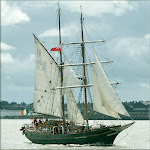

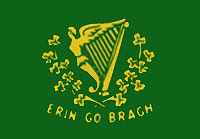












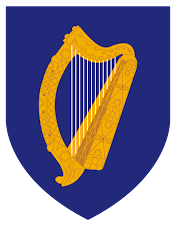






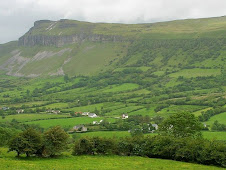
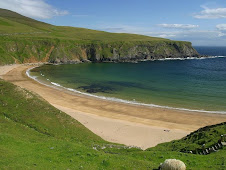













No comments:
Post a Comment